“He’s turning a handle on the wall at the end of the car, and water’s coming out! The water’s pouring right into a tin cup. Now he’s drinking it. His Adam’s apple bobs. He’s filling he cup again. He just turns the handle, and the water comes right out…. He’s set the cup on a little shelf. Now he’s coming back.”
Fascinated, Laura asks her mother if she can get herself a drink of water. She takes the “bright tin cup,” holds it under the faucet, and turns the handle. Water comes out. She turns the handle back, and the water stops. “She had never seen anything so fascinating. It was all so neat and so marvelous that she wanted to fill the cup again and again.”
After reading this passage to Oona, I explained that our modern ideas of sanitation have developed to the point that we no longer share cups in public places. We don’t want to spread out germs.
(Come to think of it, “drinking fountains” are likely a product of these sensibilities. Of course, we waste huge amounts of water by delivering it in a jet instead of into a cup since much of the water flows out the drain rather than down our throats, but we eliminated a possible source of contagion.)
But a couple of days ago, I was proven wrong, and I’m still grinning at the lovely way that I learned that even in the twenty-first century good folk sometimes share tin cups.
On the recommendation of my inn keeper, Frédéric, I set out on a steep, twisty road into the mountains looking for good hiking and sight-seeing.
And was that road very twisty:
Those two cups suggest this broader observation: we are bound to the past and to each other by objects such as these, objects which evoke our kinship as fellow travellers moving through time.
View more entries on the American Realities blog...
(You know you want to!)
.

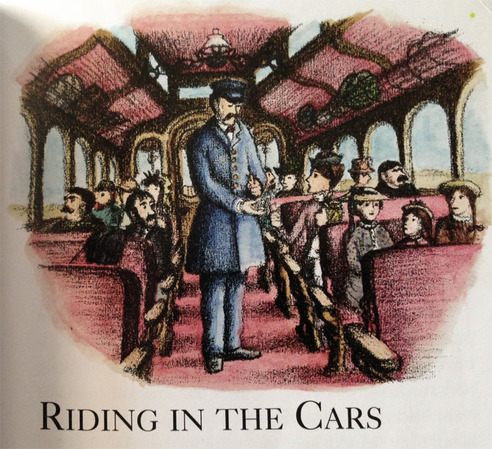
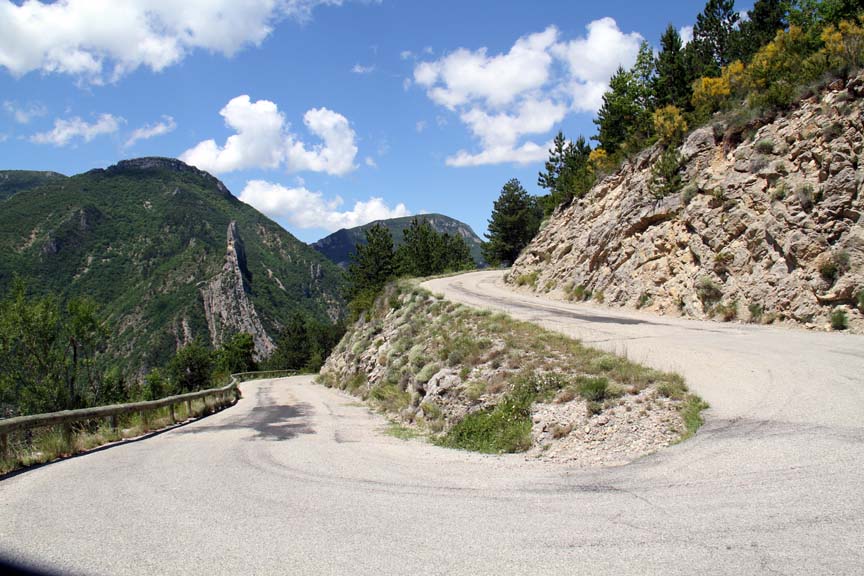
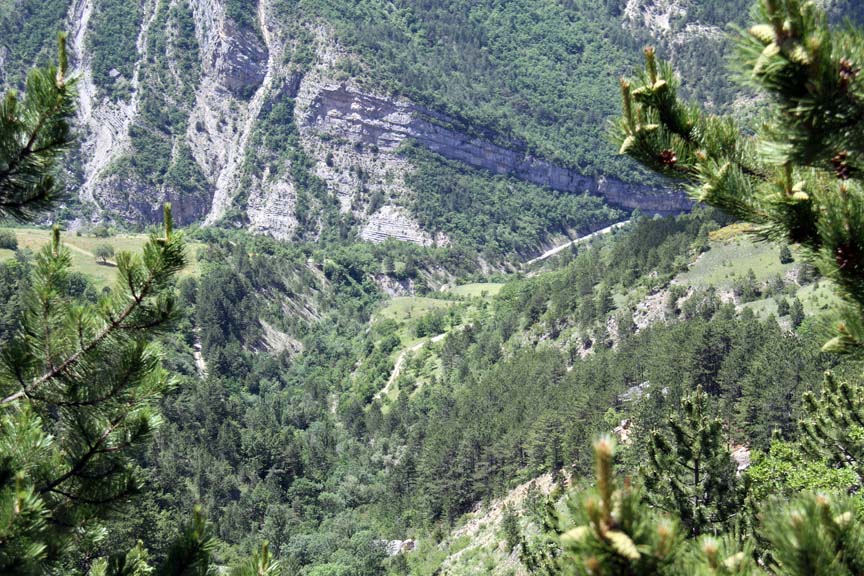

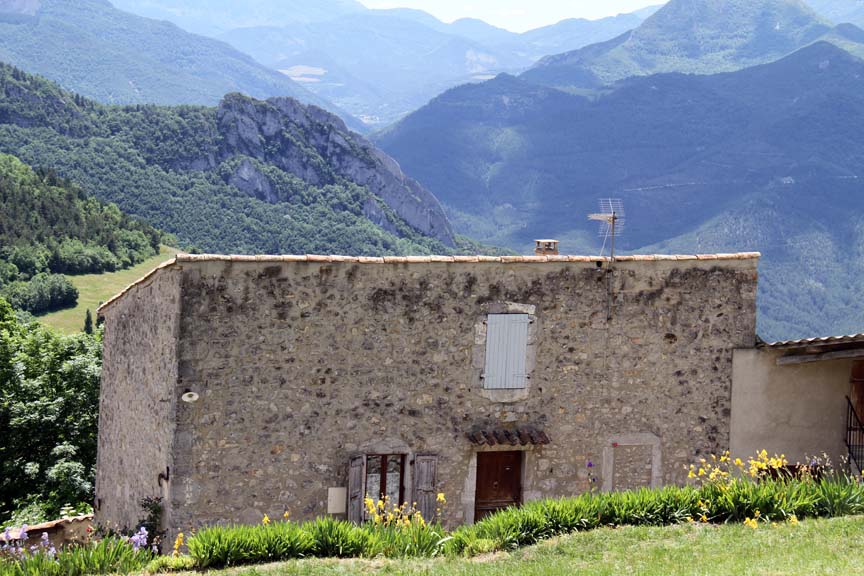
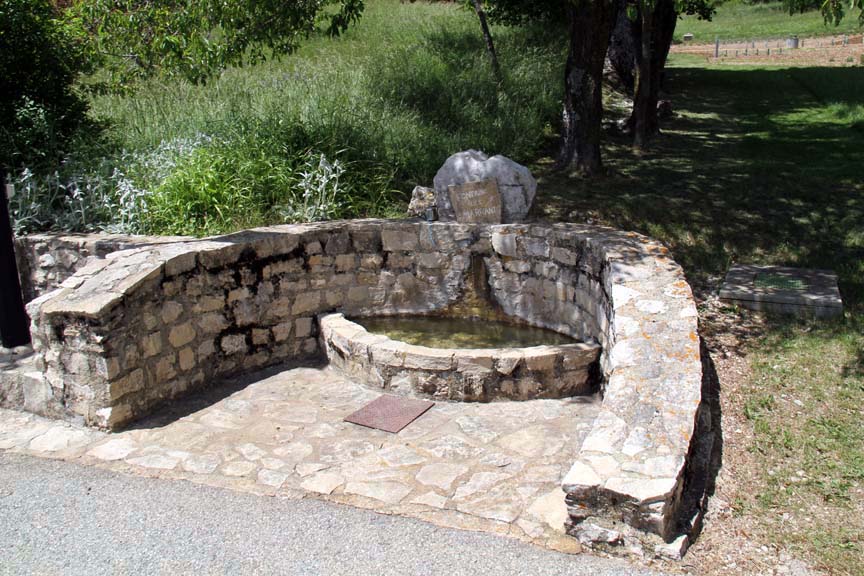
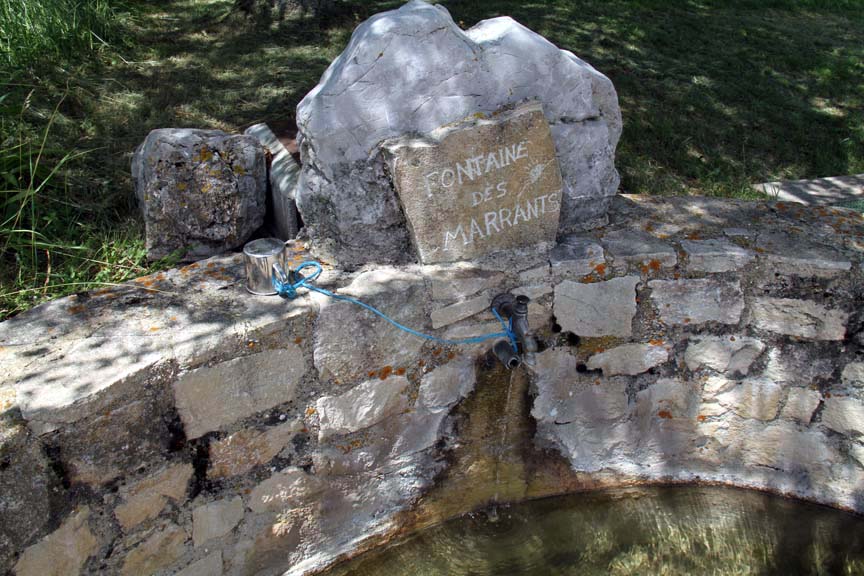
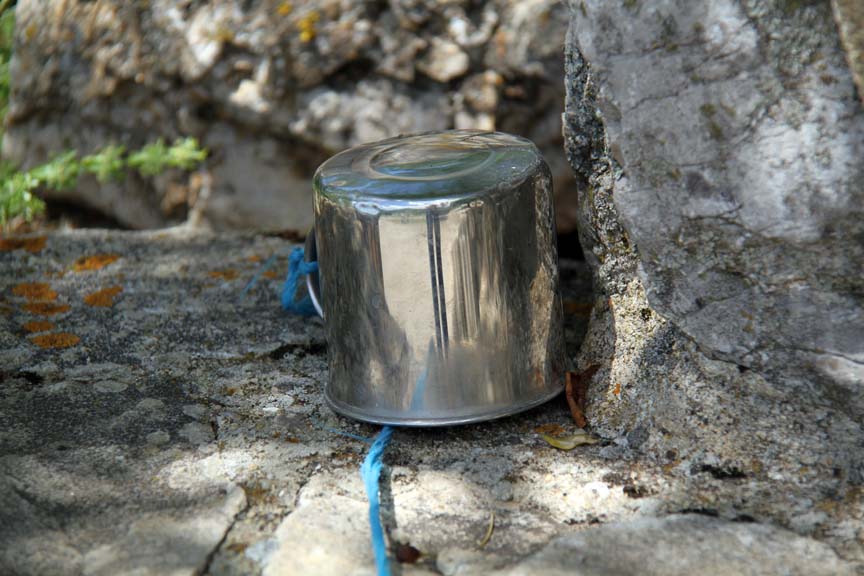
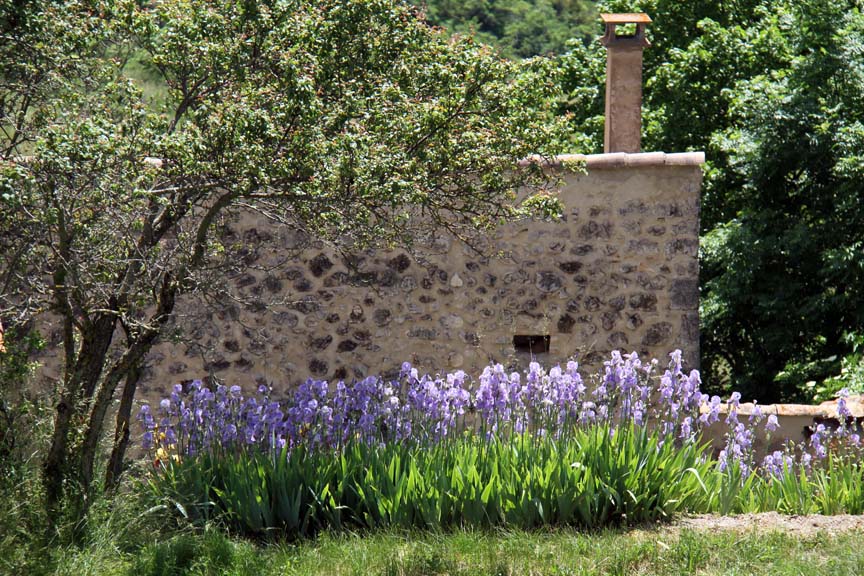
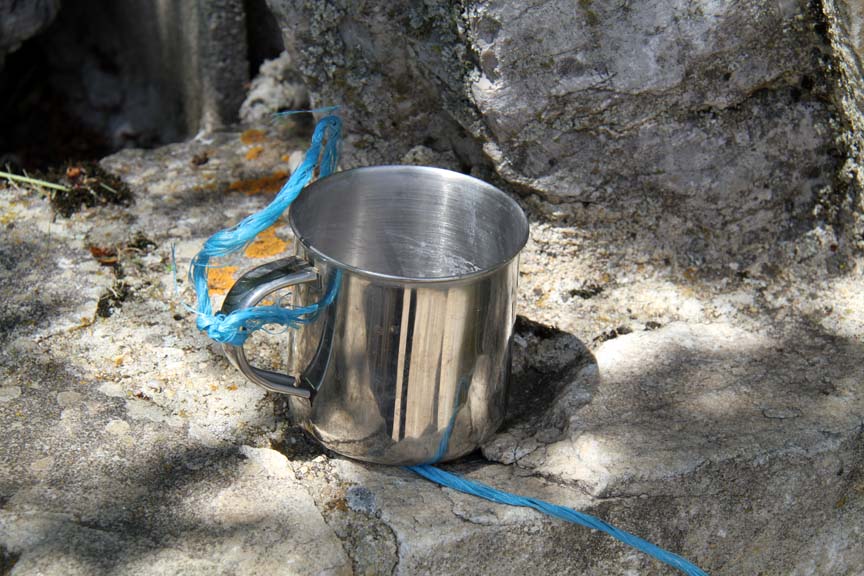
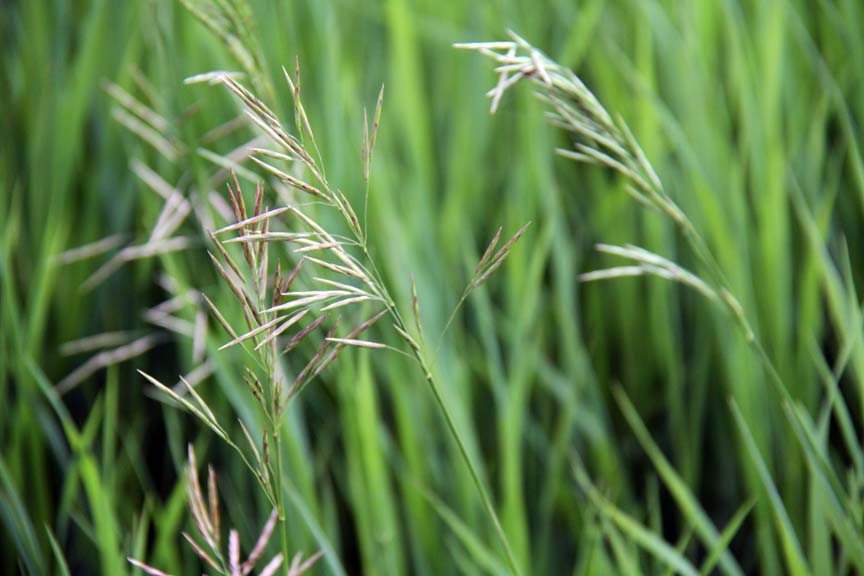
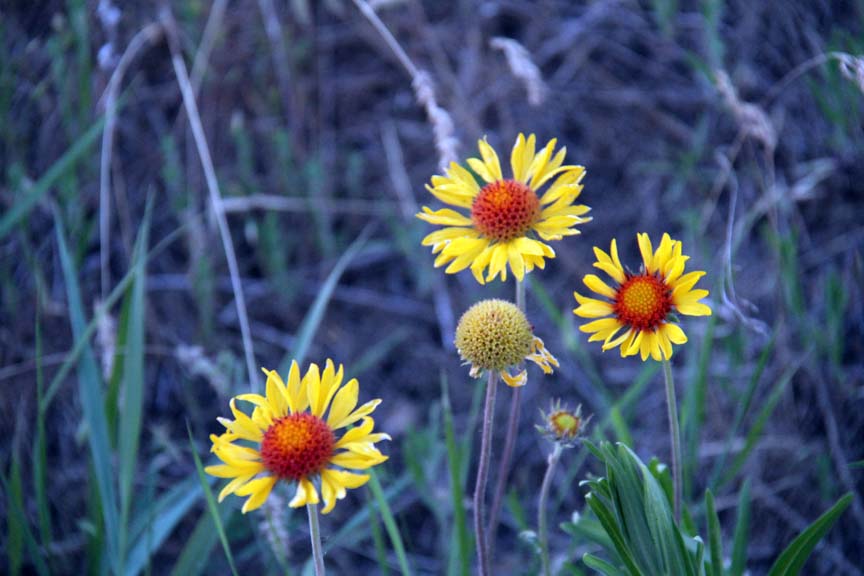
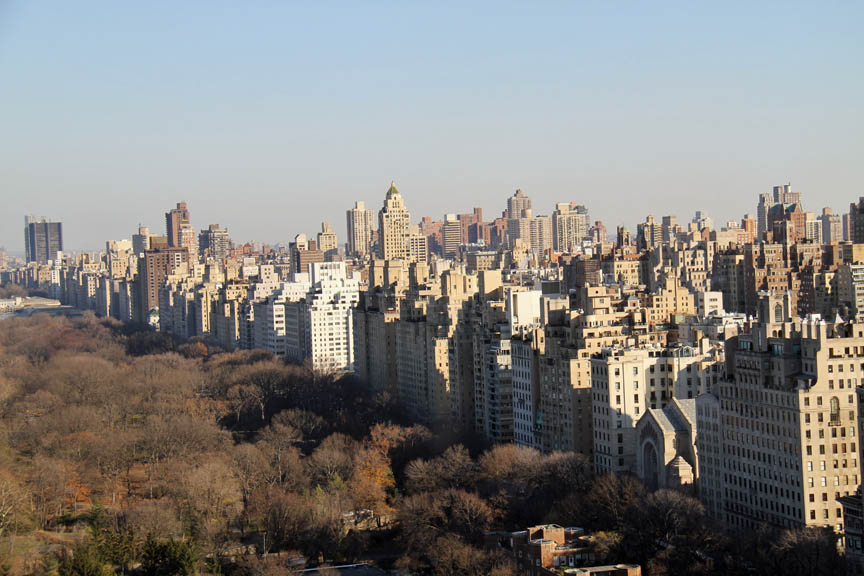
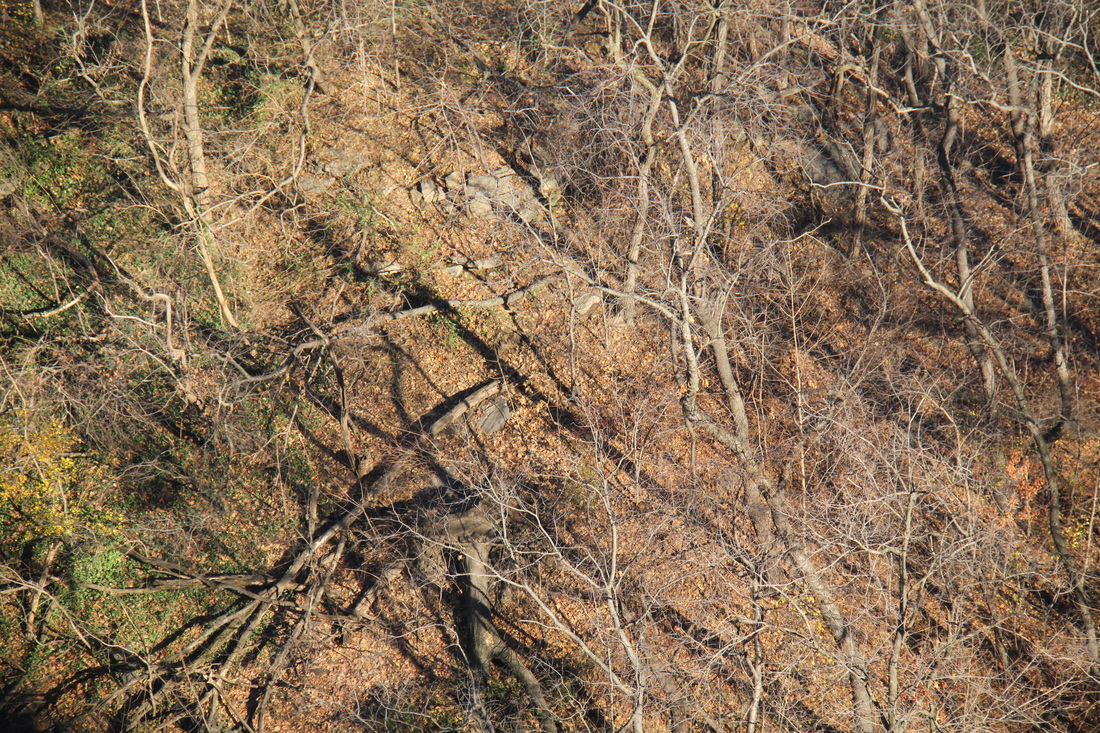
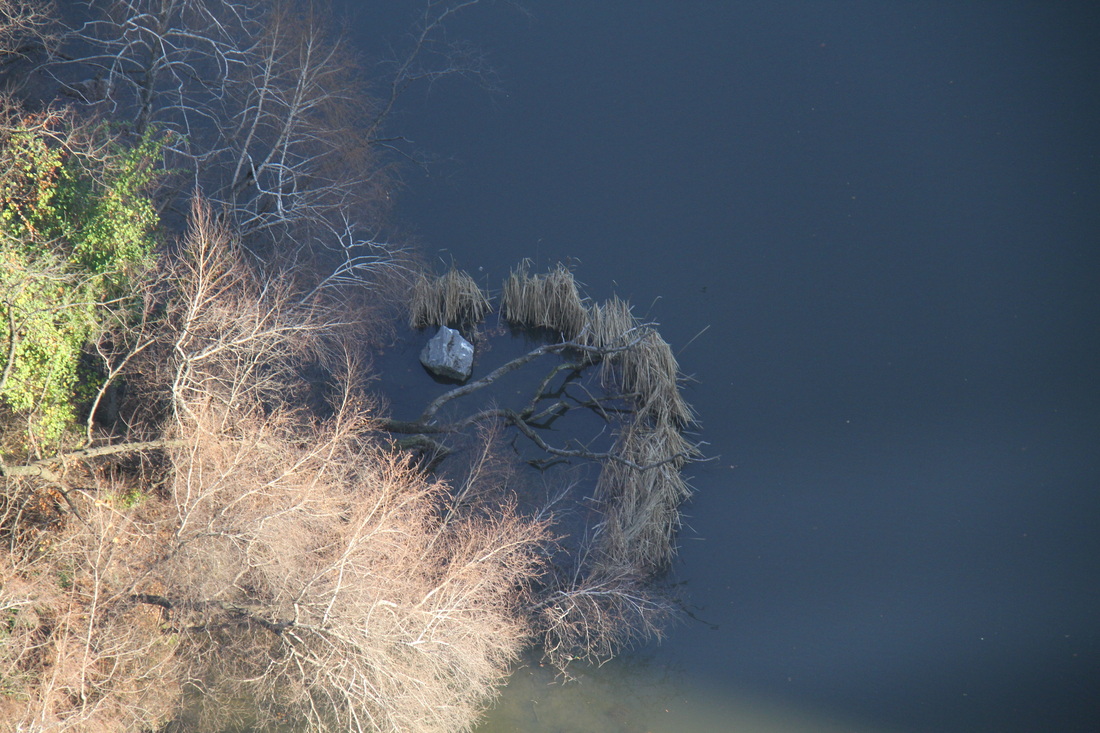
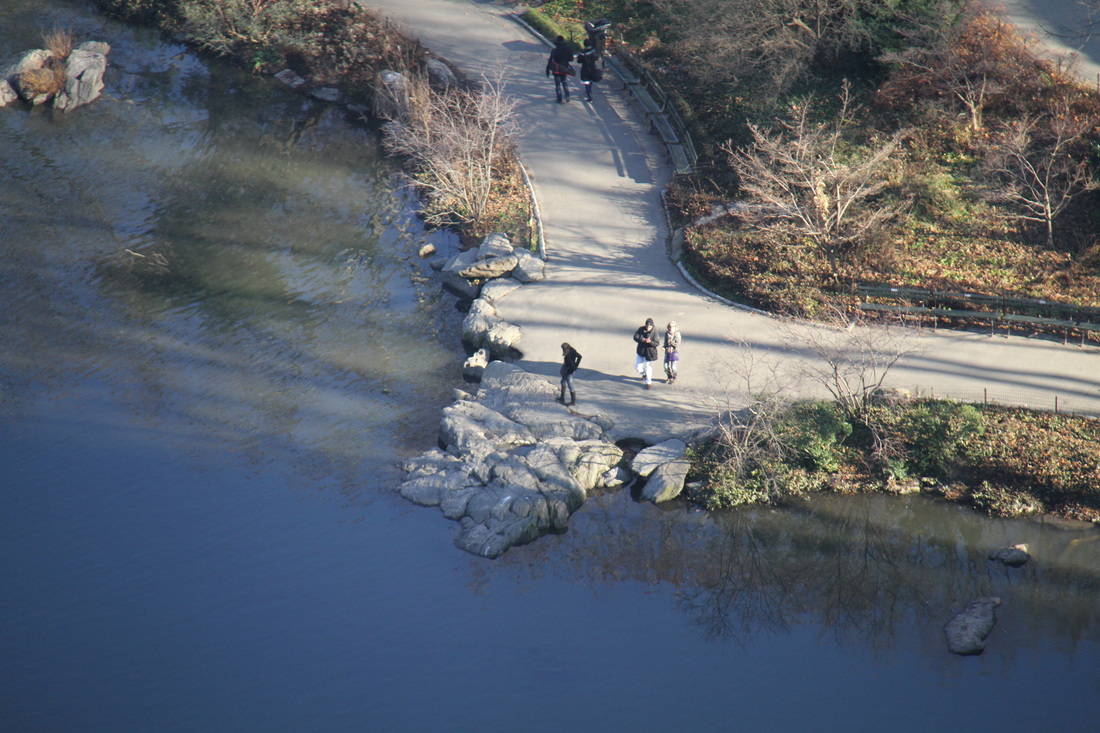
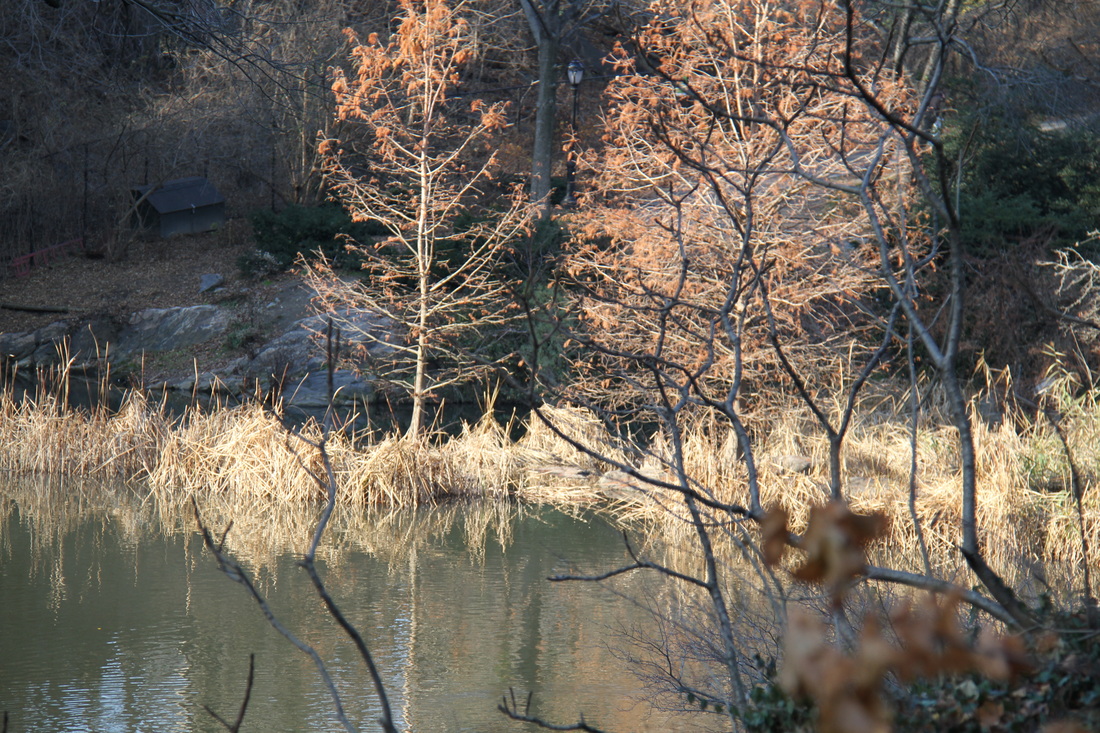
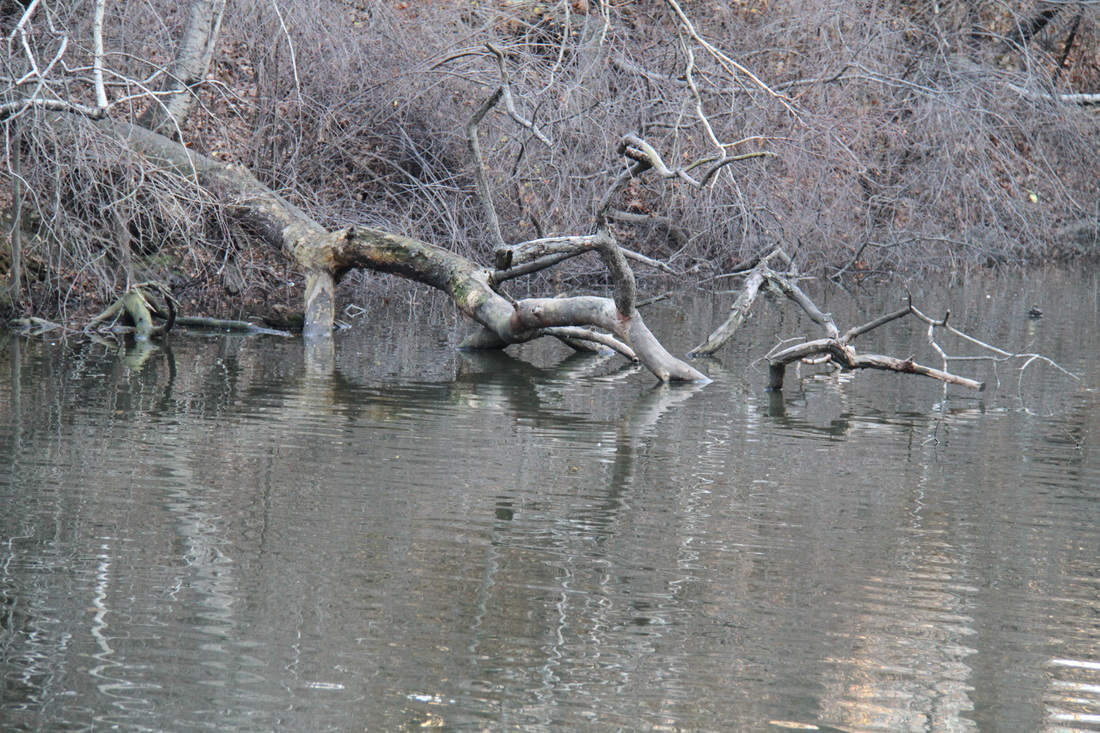
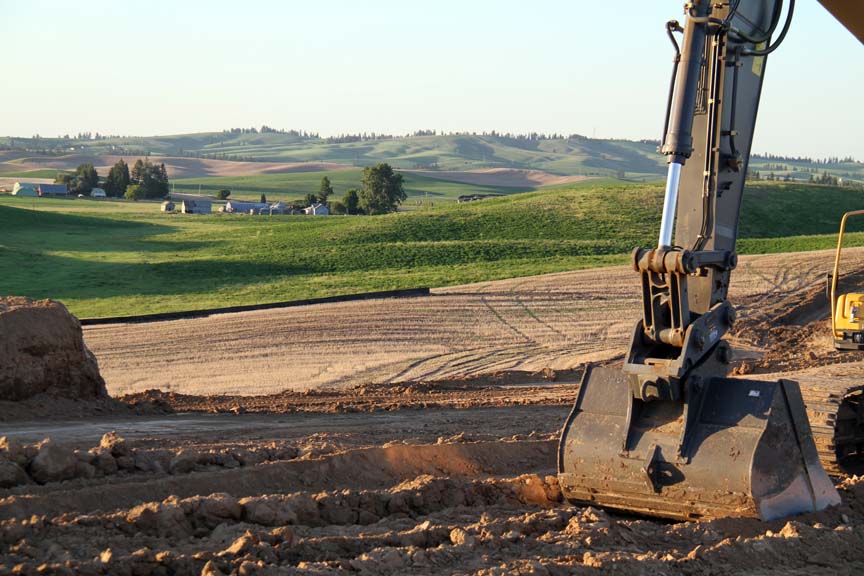
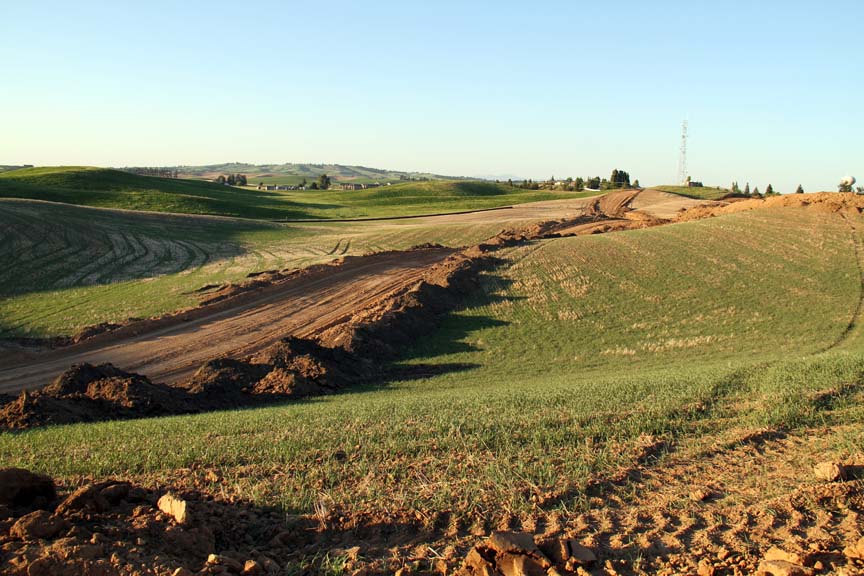
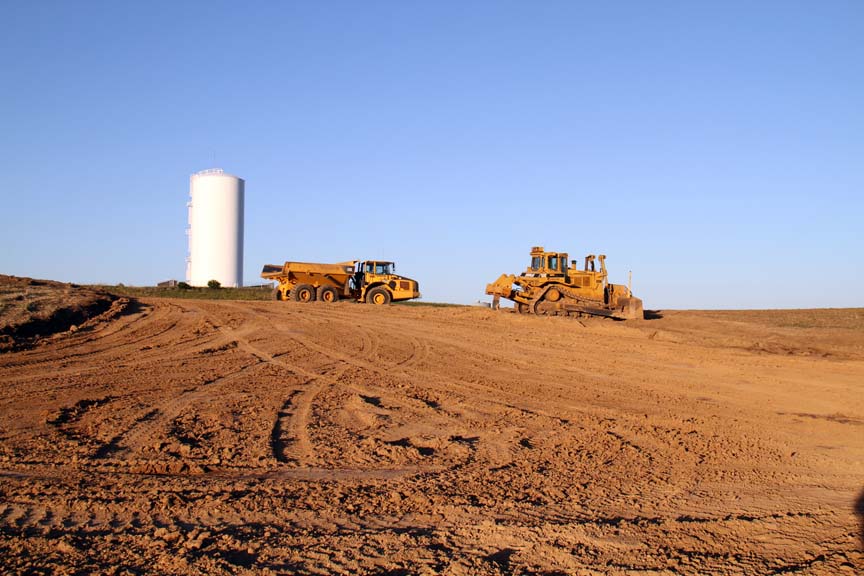
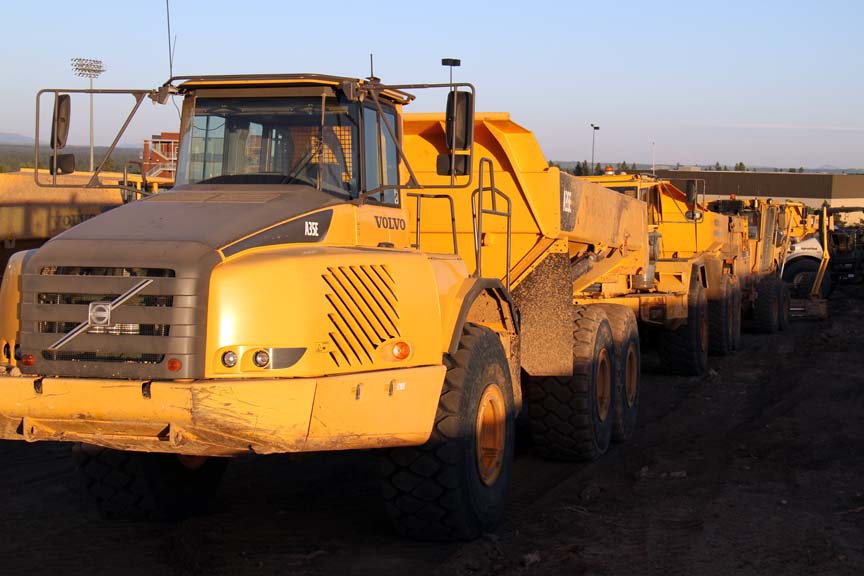
 RSS Feed
RSS Feed